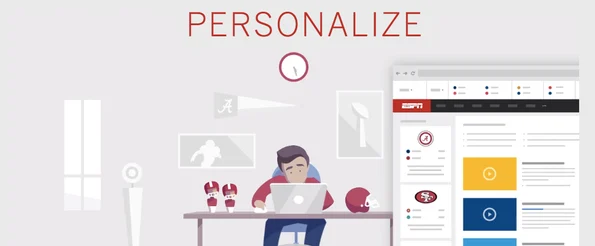A website is the cornerstone of any marketing campaign. It is the place where customers, prospects, media, competitors, investors, peers and job candidates turn to first when learning more about your organization and its products or services.
Because of this, it’s essential that marketers take a leadership role in any company website redesign project .

To help you avoid any common missteps, we’ve developed a free ebook — “ A Marketer’s Guide to Website Redesign .” The ebook details the six main steps involved in the website redesign process , from the perspective of a marketer who doesn’t have a technology background.
1. The Prep
To avoid delays, take the time to gather all necessary information upfront, before it is needed. Items to gather include:
- Analytics tracking codes.
- Logo file in a vector format (i.e. .EPS, .AI, or .CDR).
- Main contact information for current website host.
- Google Webmaster Central, Bing Webmaster Center and Yahoo SiteExplorer verification codes.
- Branding guidelines and all relevant collateral documents.
2. Discovery
Collaborate with all website stakeholders (i.e. C-level executives, marketing department, sales department, and IT) to define the most important aspects of your new site, including:
- Buyer personas.
- Site objectives.
- Calls to action .
- Color scheme.
- Page layout and design preferences.
- Site features and functionality.
3. Design & Structure
To help communicate your vision of the new website, develop a comprehensive creative brief, detailing everything you defined in phase two. Your web team will use this as a guide when designing and building out your new site.
At minimum your creative brief should include:
- Graphic sitemap outlining all pages on your site, including main navigation options.
- Page layout and design preferences, with screen shots or URLs of examples.
- Color scheme, including primary, secondary and accent colors.
- Navigation options you want available on the site.
4. Content & Optimization
Visitors don’t come to your site for the cool design or fancy navigation; they come for the content. Develop content that is concise, scannable and engaging. It needs to deliver key messaging quickly and clearly, and then drive visitors to take a desired call to action. To help this content get found, it also needs to be optimized avoid priority keywords.
When developing content, consider the following suggestions:
- Create a keyword map that assigns each page on your site a priority keyword (or two) for which it will be optimized.
- Define the tone and style of your content.
- Assign the development of website copywriting to your team’s strongest writer (avoid using multiple authors).
- Optimize each page after the content has been created.
5. Build Out & Quality Assurance
This is the phase where all your hard work comes to fruition. It includes populating the site with all content, setting up 301 redirects, and completing a thorough review of the site to ensure that everything displays and works properly.
To streamline the upload process:
- Create an upload cheatsheet that will serve as a how-to guide for adding content into your content management system (CMS).
- Before loading content, create all the pages first, and organize them according to your sitemap.
- Upload all images and graphics into a designated folder in the CMS so they are easy to locate when it comes time to add them to a page.
- Put together a team internally to upload all content and formatting into the web pages.
- Perform a quality assurance by checking to make sure all formatting is correct, all links and features work, and that everything displays properly across all browsers.
6. The Launch
Finally, launch the new website and ensure it is being indexed accurately by Google and other search engines. To do this, take the time to:
- Check that all 301 redirects are working.
- Log into each search engine’s webmaster center to confirm all verfication code is installed properly, and then submit your XML sitemap.
- Verify that all analytics tracking code is installed.
- Review Google Webmaster Tools every few days to ensure there are no pages Google had indexed on your old site that it can no longer find.
![Blog - Website Redesign Workbook Guide [List-Based]](https://no-cache.hubspot.com/cta/default/53/4b5bb572-5d0e-45b8-8115-f79e2adc966b.png)









